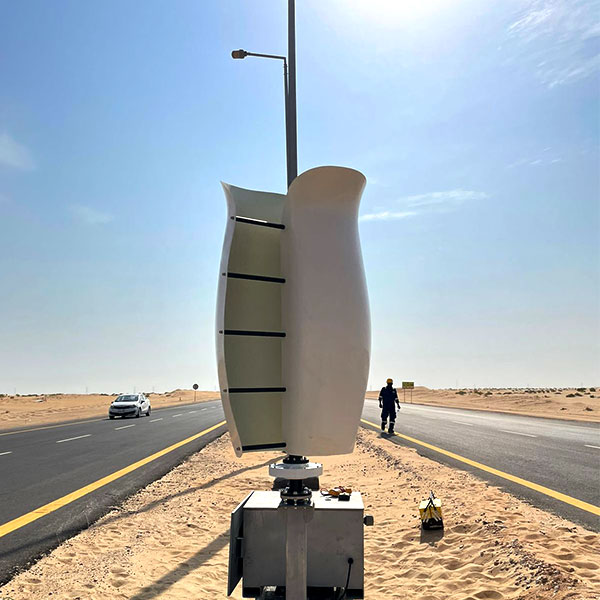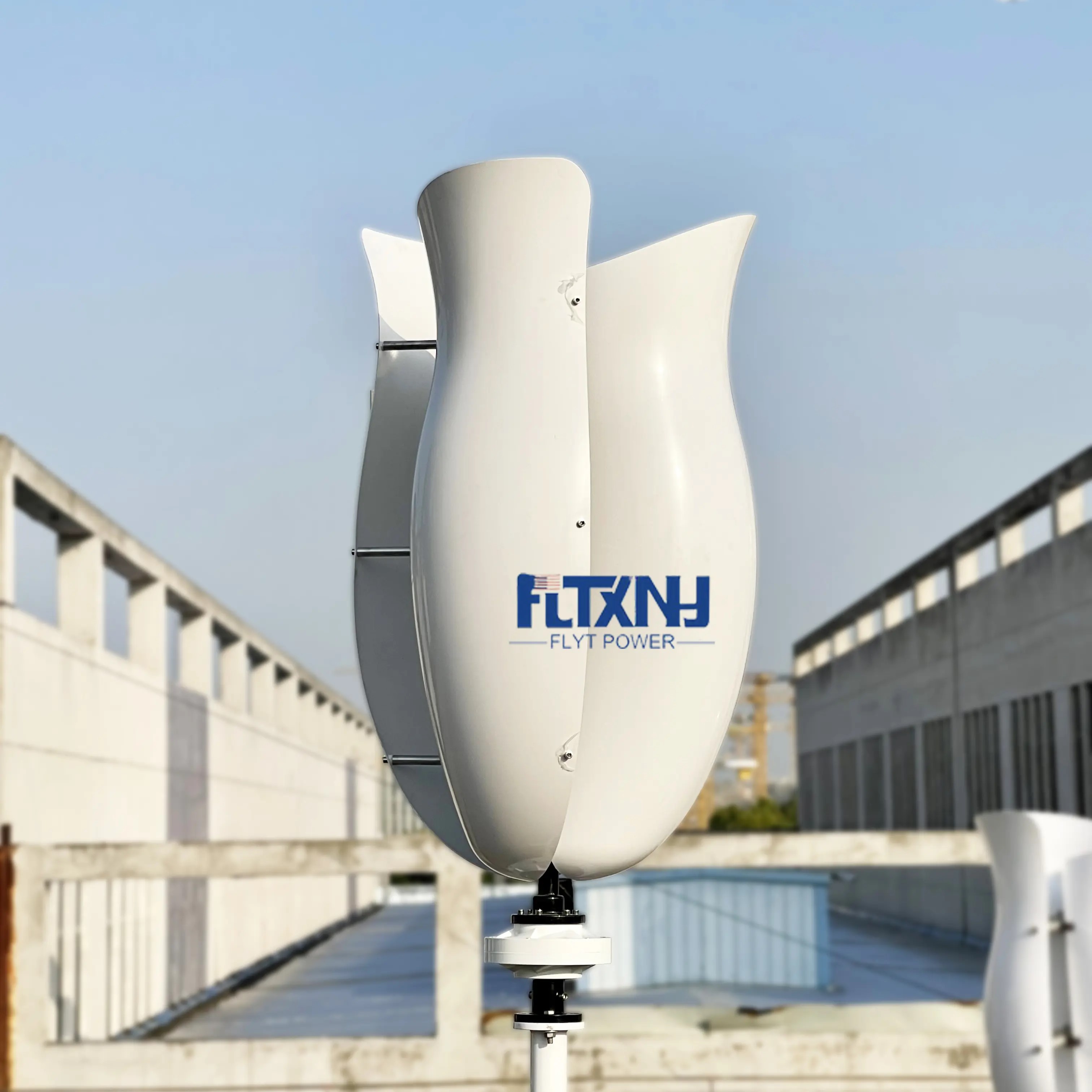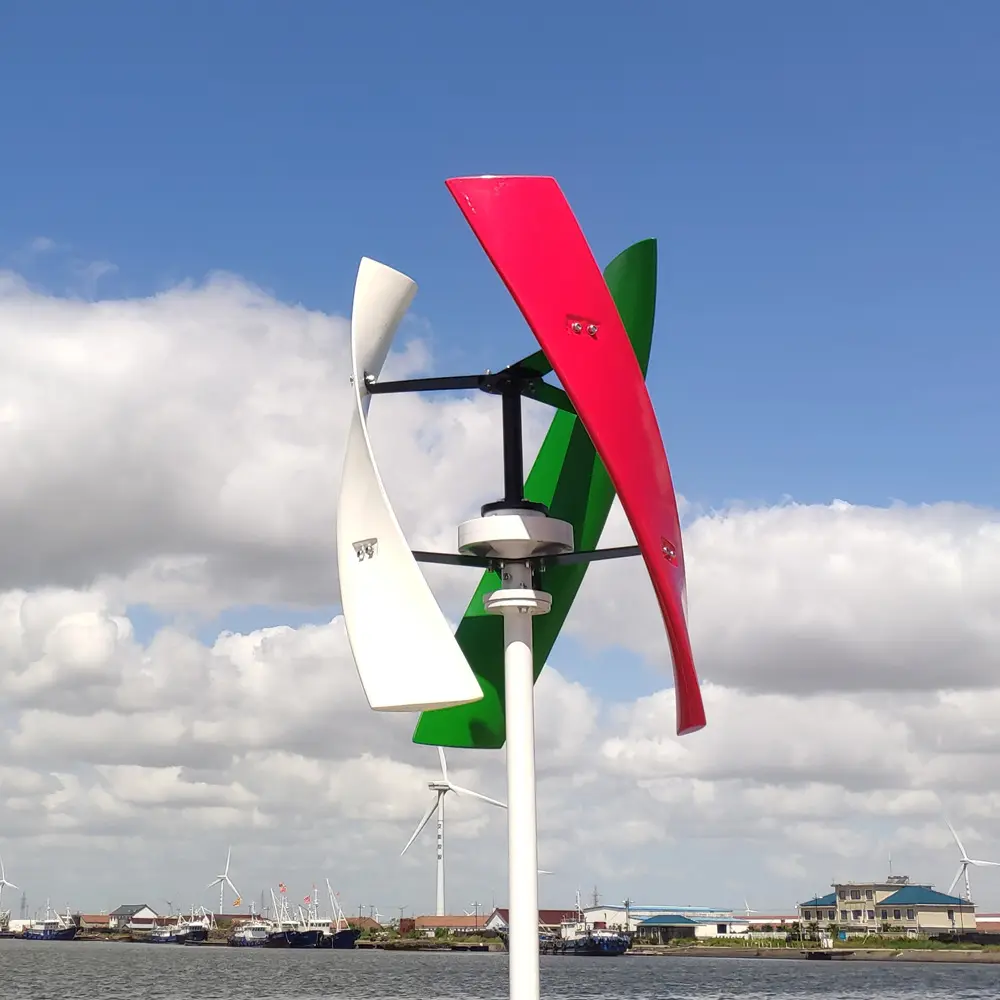Vertical wind turbines (VWTs) have been receiving increasing attention in recent years as a potential solution to address the challenges of traditional wind turbines in cities and other tightly packed environments. While the idea of vertical wind turbines sounds promising, experts and practitioners have mixed opinions on their effectiveness and practicality.
Benefits of vertical wind turbines
1. Reduced Visual Impact
One of the main benefits of vertical wind turbines is that they are less obtrusive than traditional wind turbines, which are typically large, horizontal devices located on the ground or on tall towers. Vertical wind turbines can be mounted on rooftops or other existing structures, making them less visible and easier to integrate into urban environments.
2. Better Wind Access
Vertical wind turbines take advantage of the fact that wind speed and direction are different at different altitudes. By positioning the turbine blades vertically, they can capture more of the wind’s energy, especially in environments where horizontal wind turbines may struggle to operate effectively.
3.Low noise and environmental pollution
The vertical wind turbine is a novel power generation device that uses wind energy to convert into electricity, while using magnetic levitation technology, so that the generator produces extremely low noise while working, and has a small impact on the environment. Vertical wind turbines are more efficient and less polluting than traditional methods of power generation, so they are widely used in the renewable energy sector.
Challenges of vertical wind turbines
1. Difficulty in Maintenance
One significant challenge with vertical wind turbines is accessing the turbine blades for maintenance and repair. Traditional wind turbines are designed to be easily accessible from the ground, but vertical turbines are mounted on tall structures, making maintenance more difficult and costly.
2. Less Efficient Than Traditional Wind Turbines
While vertical wind turbines may have some advantages in certain environments, they are generally less efficient than traditional wind turbines. This is because vertical turbines do not take advantage of the higher-speed winds found at greater altitudes, where winds are more consistent and the potential for energy generation is greater.
Summary
Vertical wind turbines offer promise as an urban-friendly alternative to traditional wind turbines. However, their practicality and efficiency remain open questions, as they are still relatively new and have not yet been widely implemented. Additional research and development is needed to address their challenges and improve their performance before they can be considered a viable alternative to traditional wind turbines.
Post time: Oct-08-2023



